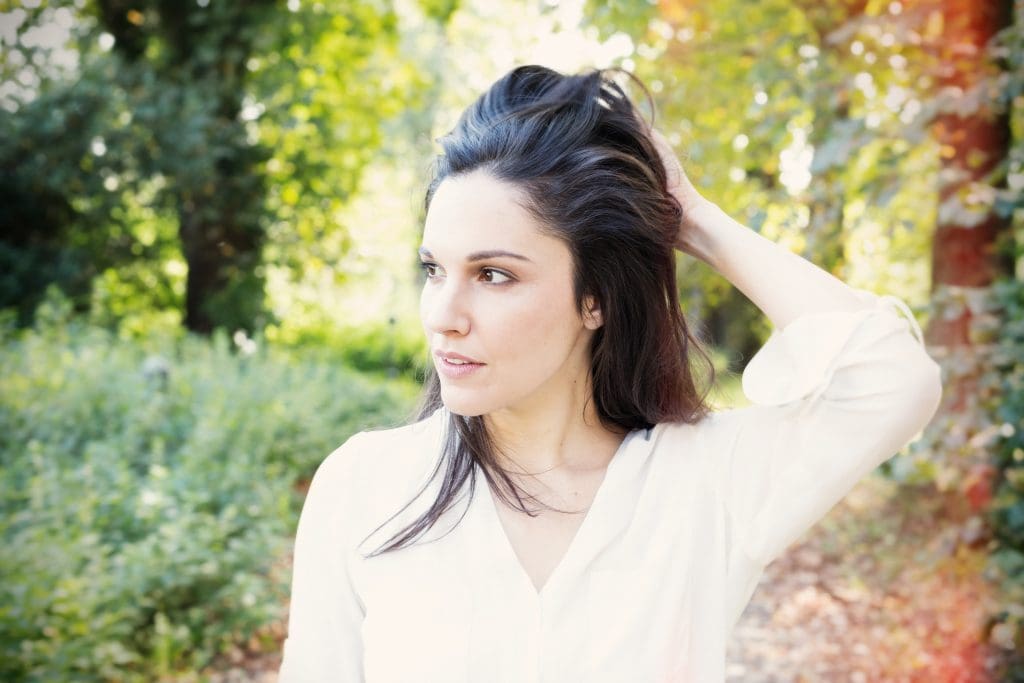What Was Said
This Monday, June 20, FringeArts and the Ars Nova Workshop present a rare North American performance—and the first in Philadelphia—from esteemed Norwegian jazz musician and composer Tord Gustavsen, accompanied by his long-standing drummer Jarle Vespestad and vocalist Simin Tander. The trio recently released their debut, What Was Said, on the venerable ECM Records to much acclaim, with one critic from The Guardian noting, “The mixture of the instrumentalists’ distilled reflections with Tander’s palette of hummed tones, sighing note-bends and pristine inflections represents a beguiling new Gustavsen collaboration “
While Gustavsen and Vespestad’s well established musical rapport has been widely lauded, perhaps the greatest revelations to be found on What Was Said are in the spellbinding vocal stylings of Simin Tander. Regarded as one of European jazz’s brightest young voices, the German-Afghan singer previously released two albums with her quartet—2011’s Wagma and 2014’s Where Water Travels Home—that established her as a polyglot whose tireless creativity is matched only by her stunning voice. While her debut found her singing in English, Spanish, and her own improvised language, she expanded her repertoire to include Pashto on her follow up, describing the album as “a journey – to myself, through the world of my emotions and thoughts and to my Afghan roots.” Doing so not only expanded her vocal palette, but helped to spark the collaboration that would eventually become What Was Said.
Around the time of Where Water Travels Home’s release, Gustavsen was exploring Sufi poetry for a project with Iranian singer Mahsa Vahdat. When Tander’s album came to his attention he was instantly drawn to her singular voice and Pashto singing, and a collaboration was soon arranged. Though there was initially no defined direction for the project, it wasn’t long before the two began drawing from the poetry of Sufi mystic Jalal al-Din Rumi and Norwegian hymns of Gustavsen’s childhood as source material for the album’s lyrics. The hymns were translated to English, reinterpreted and amended to better fit Tander’s personal aesthetics, and then translated to Pashto by Afghan poet B. Hamsaaya. “We wanted someone not only who can translate the lyrics but who also has a sensitivity for poetry, especially Pashto, which is a different universe when you translate,” Tander told All About Jazz, adding, “You cannot just translate word for word—you have to get the context.”
Listening to What Was Said, the rewards of this deeply personal and detail oriented process are readily apparent. The Sufi poetry and Christian hymns—sung in English and Pashto respectively—cohere remarkably well over the course of the album, a feat owed largely to Tander’s breathtaking performances. Gustavsen’s simple yet beautifully meditative piano and drum arrangements, bolstered by subtle electronics, provide ample space for Tander to explore the meanings and sounds within each lyric. She manages to tease out a sense of yearning and intimacy from each song that is palpable regardless of language barriers. For Tander, no language has ever stood as a barrier to expressing meaning. “I have never been just a lyric interpreter, it’s more about harmony and melody,” she offered in the aforementioned interview. “The words become music and when we do a concert it feels like one journey all connected.”
That journey is one that has been enthralling audiences across Europe, earning standing ovations and spurring one critic to assert, “Simin Tander is the singer Tord Gustavsen has been waiting for . . . [no singer] has developed the mix of spirituality and sensuousness at the heart of his music as fully as this.” The live setting offers Tander more space to explore new possibilities for these powerfully affecting pieces. Monday’s performance will be one of just five engagements the trio has here in the US, a rare opportunity to witness two respected jazz artisans together with a wildly talented young artist who undoubtedly has many great things ahead of her.
—Hugh Wilikofsky



